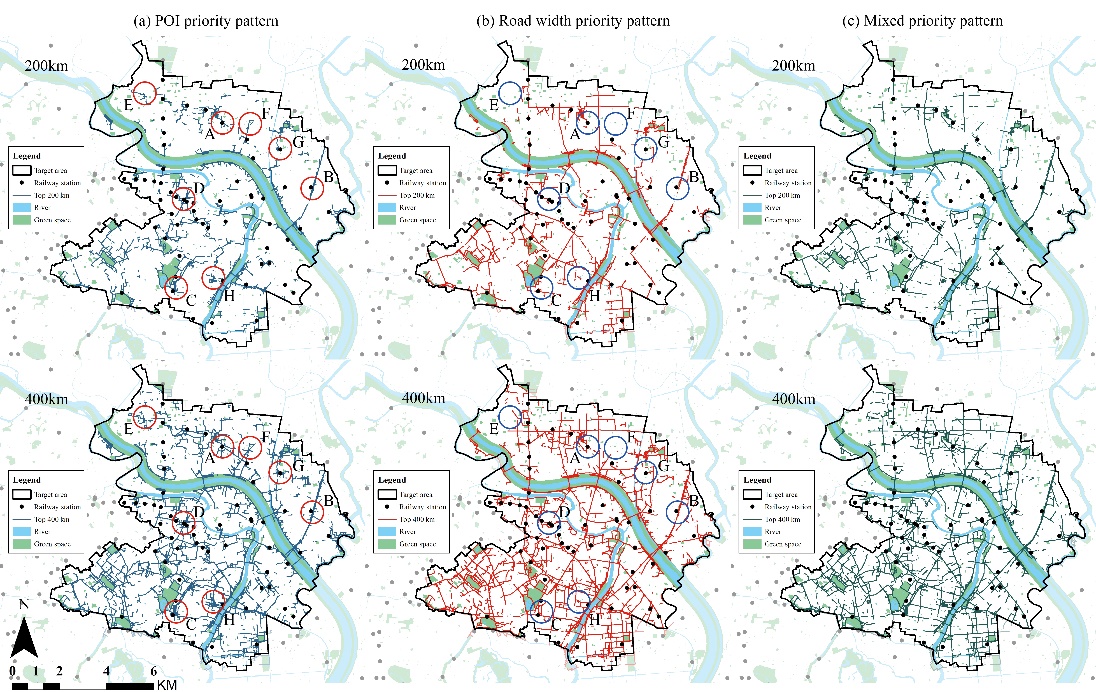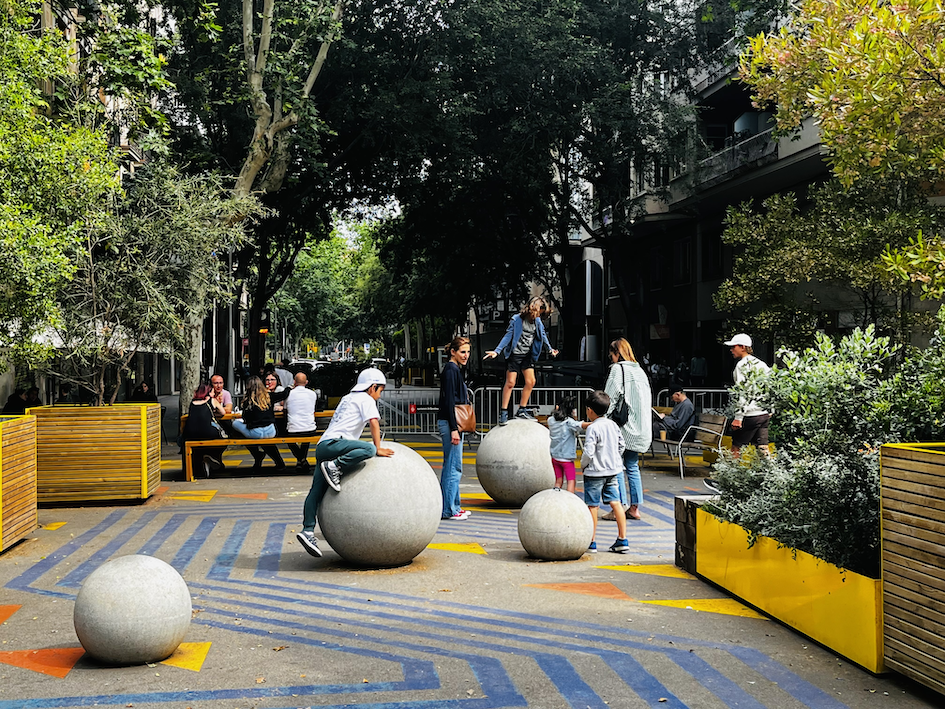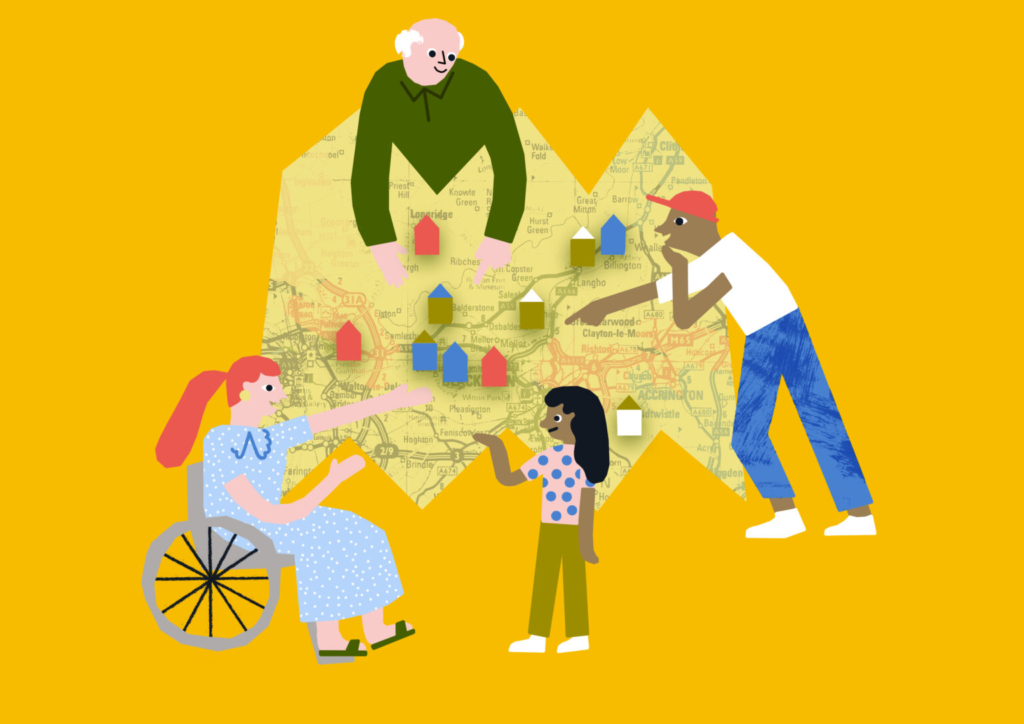City Know-hows

A case study in Tokyo reveals how road width, green spaces, and local amenities influence joggers’ route selection, drawn from extensive data analysis. These insights hold significant implications for urban planning strategies, advocating for city designs that prioritize exercise and outdoor activities.
Share
Target audience
Urban designers and planners; Public health and physical activity teams.
The problem
Despite increasing interest in jogging’s benefits for physical and mental well-being, numerous questions persist about ideal jogging route selection and design. What makes a road suitable for jogging? What city conditions lead to higher satisfaction for joggers? Do government-planned roads inherently meet joggers’ needs? These inquiries highlight the complexity of urban jogging route selection and its impact on city planning.
What we did and why
We explored joggers’ route preferences in Tokyo, using STRAVA data to find a correlation between route popularity and factors like road width, green spaces and points of interest. Aimed at informing urban planning strategies, our research can guide the design of routes that enhance jogger convenience and community safety. This preference-based approach could offer valuable insights into crafting more outdoor-friendly urban environments.
Our study’s contribution
We explored joggers’ route preferences in Tokyo, using STRAVA data; clarifying the preferred route by jogger by combining road network and STRAVA heatmap data.
Impacts for city policy and practice
Our study implications for city policy and practice are:
Use our approach to understand jogger preferences for healthier city planning.
Prioritize the balance of amenities like road width, points of interest, green spaces and route connectivity in designing jogging routes.
Apply our methodology to guide urban planning to create jogger-friendly environments, enhance urban trails, and improve outdoor spaces.
Further information
Full research article:
Preference-based jogging route selection in downtown Tokyo by Yumeng Huang, Sunyong Eom, and Tsutomu Suzuki.
Related posts

Who supports proposals to manage if, when and where new takeaways can open near schools? According to our recent study,over 50% of adults living in Great Britain!

This paper investigates how health-promoting planning strategies are leveraged in place-based urban transformation initiatives to develop public spaces within neighbourhoods to improve children’s and community wellbeing. Safe, healthy, and accessible neighbourhood public spaces transform children’s lives in cities.

How can community consultations in planning be more effective, inclusive, and be ready for the post-pandemic era? Results from the project Community Consultation for Quality of Life find that participation in consultation can lead to increased wellbeing for individuals and communities.